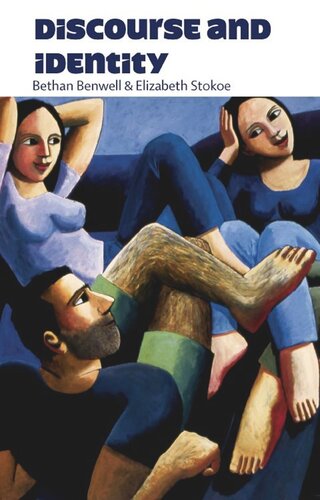

Most ebook files are in PDF format, so you can easily read them using various software such as Foxit Reader or directly on the Google Chrome browser.
Some ebook files are released by publishers in other formats such as .awz, .mobi, .epub, .fb2, etc. You may need to install specific software to read these formats on mobile/PC, such as Calibre.
Please read the tutorial at this link: https://ebookbell.com/faq
We offer FREE conversion to the popular formats you request; however, this may take some time. Therefore, right after payment, please email us, and we will try to provide the service as quickly as possible.
For some exceptional file formats or broken links (if any), please refrain from opening any disputes. Instead, email us first, and we will try to assist within a maximum of 6 hours.
EbookBell Team

5.0
38 reviewsGBS_insertPreviewButtonPopup('ISBN:9780748617500);
'Identity' is a central organizing feature of our social world. Across the social sciences and humanities, it is increasingly treated as something that is actively and publicly accomplished in discourse. This book defines identity in its broadest sense, in terms of how people display who they are to each other. Each chapter examines a different discursive environment in which people do 'identity work': everyday conversation, institutional settings, narrative and stories, commodified contexts, spatial locations, and virtual environments. The authors describe and demonstrate a range of discourse and interaction analytic methods as they are put to use in the study of identity, including 'performative' analyses, conversation analysis, membership categorization analysis, critical discourse analysis, narrative analysis, positioning theory, discursive psychology and politeness theory. The book aims to give readers a clear sense of the coherence (or otherwise) of these different approaches, the practical steps taken in analysis, and their situation within broader critical debates. Through the use of detailed and original 'identity' case studies in a variety of spoken and written texts in order, the book offers a practical and accessible insight into what the discursive accomplishment of identity actually looks like, and how to go about analyzing it.